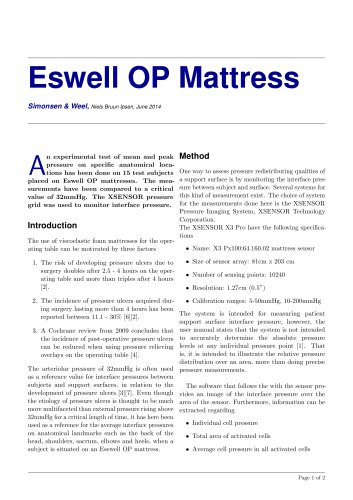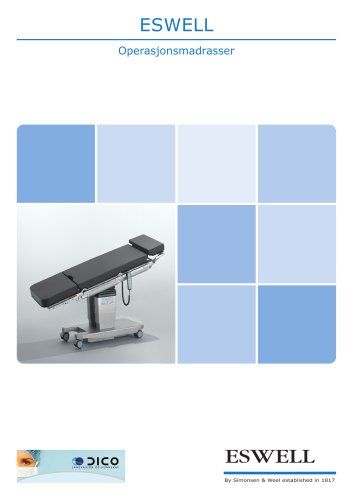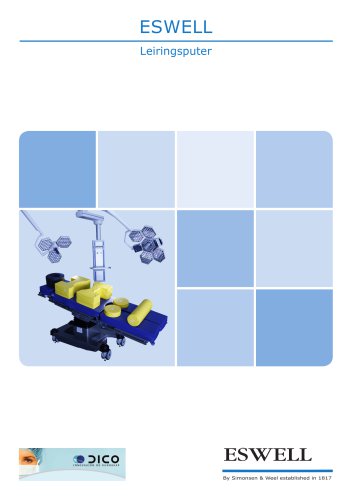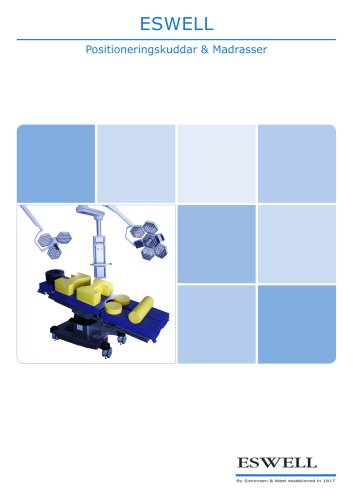
Catalog excerpts
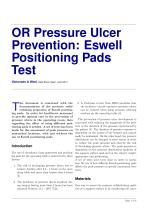
OR Pressure Ulcer Prevention: Eswell Positioning Pads Test Simonsen & Weel, Niels Bruun Ipsen, June 2014 his document is concerned with the documentation of the pressure redistributing properties of Eswell positioning pads. In order for healthcare personnel to provide optimal care in the prevention of pressure ulcers in the operating room, data regarding the eect of using dierent positioning pads is needed. A set of tests has been made for the assessment of peak pressure on anatomical locations, with and without the use of Eswell positioning pads. Introduction The use of viscoelastic foam mattresses and positioning pads for the operating table is motivated by three factors 1. The risk of developing pressure ulcers due to surgery doubles after 2.5 - 4 hours on the operating table and more than triples after 4 hours [2]. 3. A Cochrane review from 2009 concludes that the incidence of post-operative pressure ulcers can be reduced when using pressure relieving overlays on the operating table [4]. The prevention of pressure ulcer development is concerned with reducing the magnitude of the pressure or the duration of the pressure experienced by the patient [4]. The duration of pressure exposure is dependent on the nature of the surgery and cannot easily be minimized. On the other hand, the pressure distribution can be changed to some extent in order to reduce the peak pressure and thereby the risk of developing pressure ulcers. The peak pressure is dependent on the pressure distribution qualities of the support surface used and on the subject weight, appearance and positioning. A set of tests have been done in order to assess how the use of four dierent Eswell positioning pads aects the peak pressure on specic anatomical locations. Materials 2. The incidence of pressure ulcers acquired during surgery lasting more than 4 hours has been One way to assess the pressure redistributing qualireported between 11.1 - 30% [7][2]. ties of a support surface is by monitoring the inter-
Open the catalog to page 1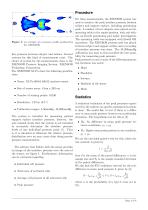
Figure 1: an example of a pressure prole produced by the XSENSOR face pressure between subject and surface. Several systems for this kind of measurement exist. The choice of system for the measurements done is the XSENSOR Pressure Imaging System, XSENSOR Technology Corporation. The XSENSOR X3 Pro have the following specications For these measurements, the XSENSOR system was used to monitor the peak interface pressure between subject and support surface, including positioning pads. A number of test subjects were placed on the operating table in the supine position, with and without an Eswell...
Open the catalog to page 2
Positioning Pad Tests 1 Leg Positioning Pad 1.1 Objective Table 1: Summarized data with 95% condence intervals. The average peak pressure on specic anatomical areas of the test subjects are shown for the situation with and without the leg positioning pad. No Pad [mmHg] Pad [mmHg] An Eswell leg positioning pad for the operating table is supposed to relieve pressure on the heels by posi- Heel 45.6±3.1 0 tioning them free owing above the operating table Sacrum 41.1±2.6 42.5±1.3 mattress. This will remove the risk of developing Shoulders 33.8±4.2 33.5±3.5 pressure ulcers on the heels, but does...
Open the catalog to page 3
Table 2: Summarized data with 95% condence intervals. The average peak pressure on specic anatomiA number of n = 10 test persons have been used cal areas of the test subjects are shown for the to monitor peak interface pressure on anatomical situation with and without the head pad. locations with and without the use of the head pad. Test subjects are placed on an operating table with Eswell operating table mattresses and the XSENSOR pressure grid on top. Peak pressure on the head, shoulders, sacrum and heels is recorded using 10200mmHg XSENSOR calibration. Head Shoulders Sacrum Heels 3.1...
Open the catalog to page 4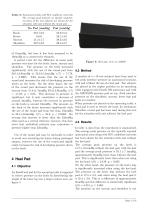
Table 3: Summarized data with 95% condence intervals. The average peak pressure on specic anatomical areas of the test subjects are shown for the situation with and without the round pad. Heels Knees Sacrum Shoulders of 10mmHg, but here it has been assumed to be 10mmHg as a conservative estimate. A paired t-test for the dierence in mean peak pressure was done for the heels, knees, sacrum and shoulders. The pressure on the heels increased signicantly with the use of the round pad from 39.1±2.6mmHg to 52.8±5.2mmHg, t(7) = 7.174, p < 0.0005. This means that the use of the round pad increases...
Open the catalog to page 5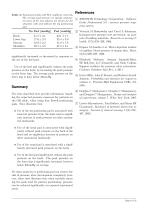
Table 4: Summarized data with 95% condence intervals. The average peak pressure on specic anatomi[1] XSENSOR Technology Corporation. Software cal areas of the test subjects are shown for the Guide Professional 5.0 - xsensor pressure mapsituation with and without the leg positioning ping system. pad. No Pad [mmHg] Heels Lower legs Sacrum Shoulders [2] Victoria M Hoshowsky and Carol A Schramm. Intraoperative pressure sore prevention: an analysis of bedding materials. Research in nursing & health, 17(5):333–339, 1994. [3] Eugene M Landis et al. Micro-injection studies of capillary blood...
Open the catalog to page 6All Eswell catalogs and technical brochures
-
ESWELL Leiringsputer Norwegian
16 Pages
-
Lejringsbog Danish
60 Pages
-
Positioning guide English
60 Pages


